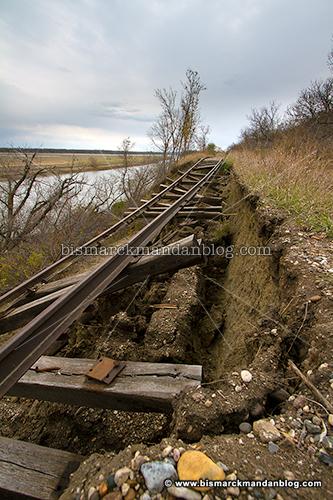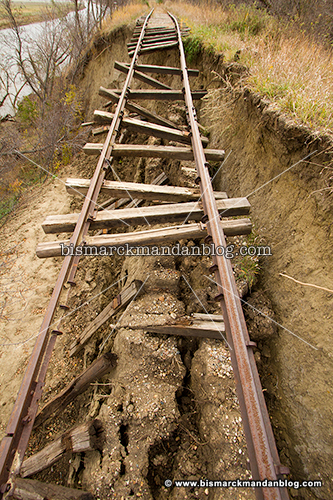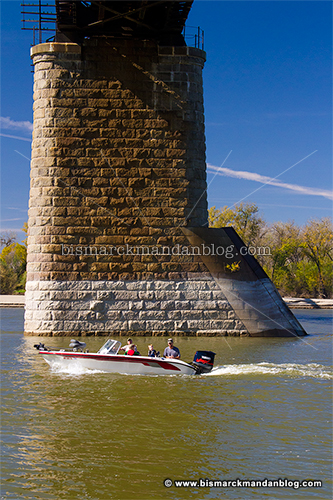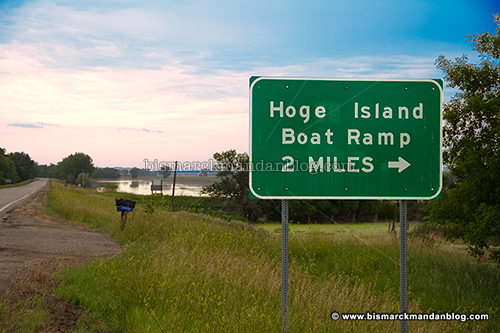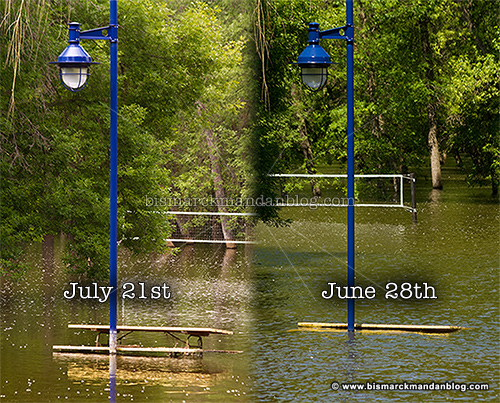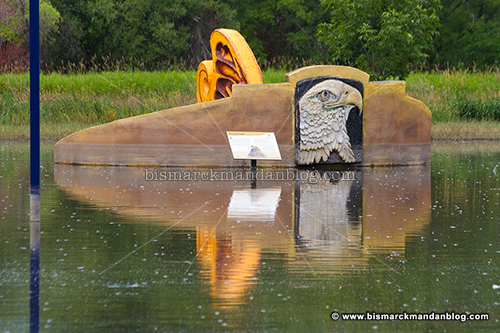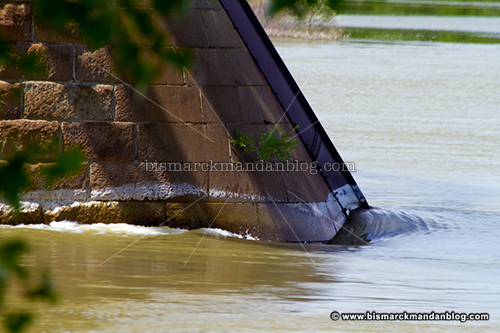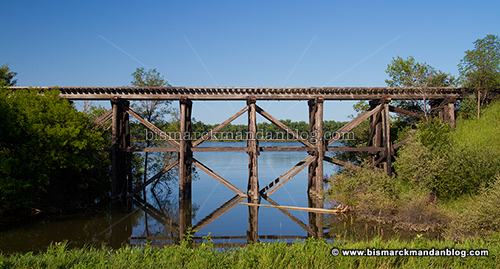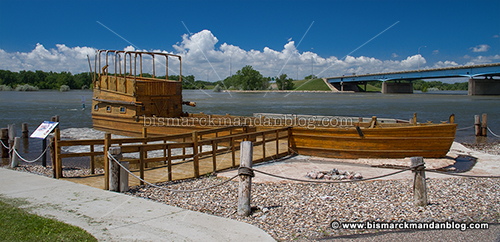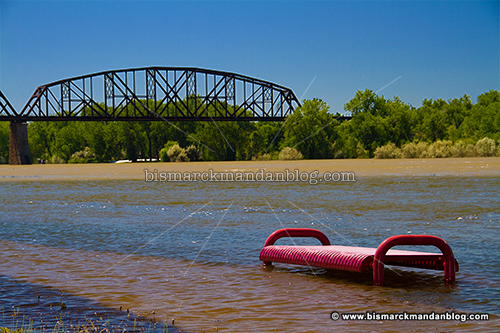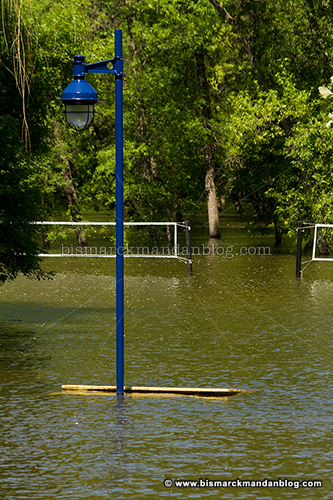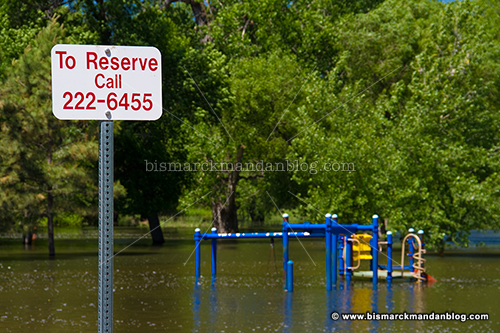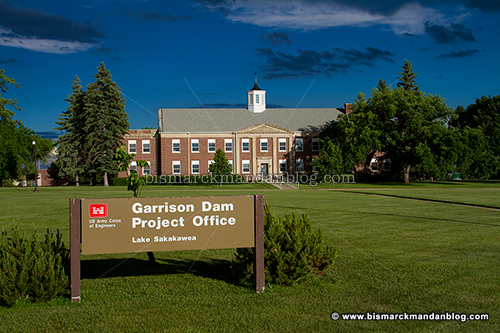
The last twelve months haven’t been exactly stellar for the Army Corps of Engineers. They’ve been far worse for thousands of people who’ve had to deal with the results of their pooch-screw policies in regard to management of the Missouri River System. Their lack of credibility with people in the Dakotas was validated when the Argus Leader newspaper uncovered emails with bombshells such as Todd Lundquist’s quote saying, “I’m headed home. I no longer look people in the eye and tell them the forecast is 85,000 cfs from Garrison.” Later releases would reach nearly double that rate. While there was a lot of rumbling and grumbling going on, I stumbled upon a another sort of rumble:

I was surprised to find this event on the USGS earthquake watch website, an 3.5 magnitude quake west of Fort Peck which hit on July 1st. This was a day or so before an oil pipeline burst beneath the Yellowstone River far away near Billings, an event which grabbed all the headlines for a few days. While I don’t think this quake was directly related to the spill, I remember seeing some other quakes much closer to the pipeline leak at the time. What was interesting was that nobody spotted the 3.5 shaker and either tried to connect it to the pipeline failure or use it to sensationalize the possibility of a failure at Fort Peck.
Remember, this was about a month after environmental activist Bernard Shanks published a guest commentary on the St. Louis Today website outlining his fear of a “domino effect” on the Missouri River System. His nightmare scenario began with the failure of the Fort Peck Dam. While his article was very timely, it also coincided with one other important event: his publishing a book on the theory. I doubt that was a coincidence, but the whole thing gained a lot of traction in the Dakotas as we were already learning not to trust the Corps. Mr. Shanks appeared on local radio and links to his article were flying around Facebook rather furiously.
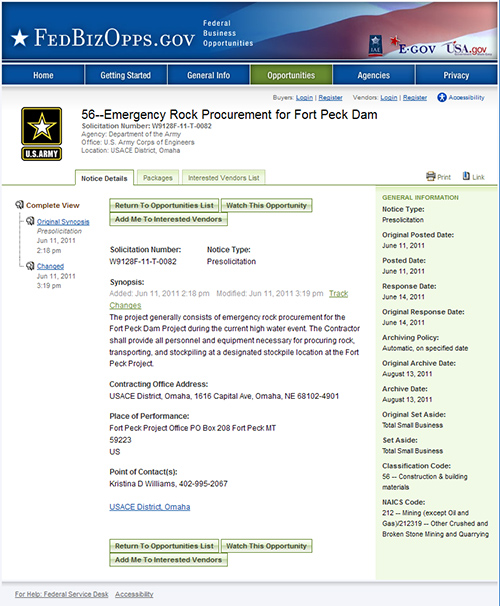
Then, of course, you have to wonder about this: an emergency bid being put out for the material which reinforces the Fort Peck Dam, the very one Mr. Shanks claims is the weak link and which was at 111% of capacity.
Naturally the last thing I wanted to do was contribute to any hype, so I just sat on my little discovery. I don’t deal in sensationalism and reliable information was already hard to come by in weary communities already made nervous by the fluidity of facts. Therefore I resolved to wait until the flood waters had receded and the threat of Mr. Shanks’ domino effect abated with them. I’ve watched as the river levels have fallen past the 9.79 feet of January 1st, 2011 and settled in the six-and-a-half foot range. While I think the event is certainly noteworthy, I certainly don’t think it was worth hysteria.
Here are a couple of links to the event for the curious. Its ID is event 11948206 for those of you who want to dart straight to Google for your own research.
USGS Earthquake event website entry
USGS Shakemap web page for #11948206
Now let’s hope that the management of the Missour River System doesn’t put us in the same precarious position next year. In the unfortunate event that we find ourselves in a flood fight again, I hope the Corps will be more forthcoming and that people will resist the urge to play loose & fast with information. Events like this are far harder to endure when sensationalism runs amok as well.



